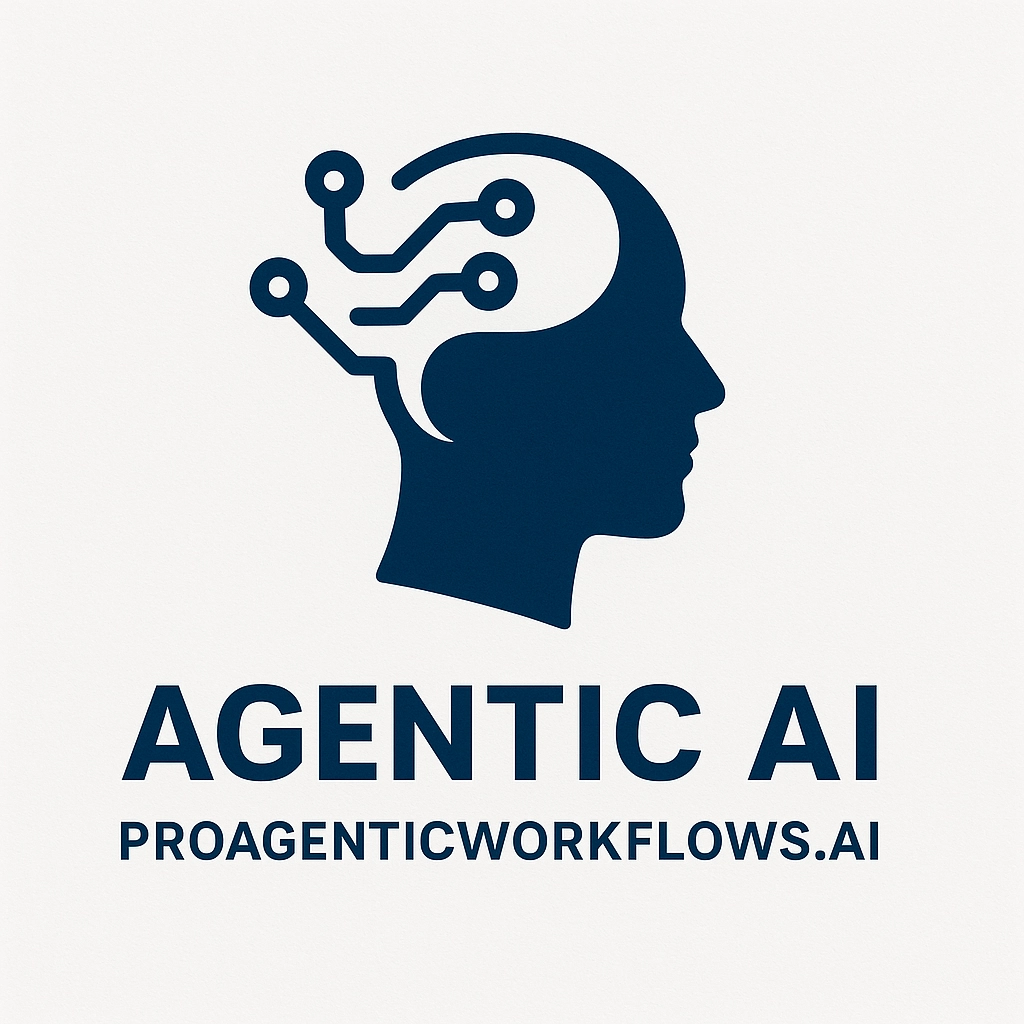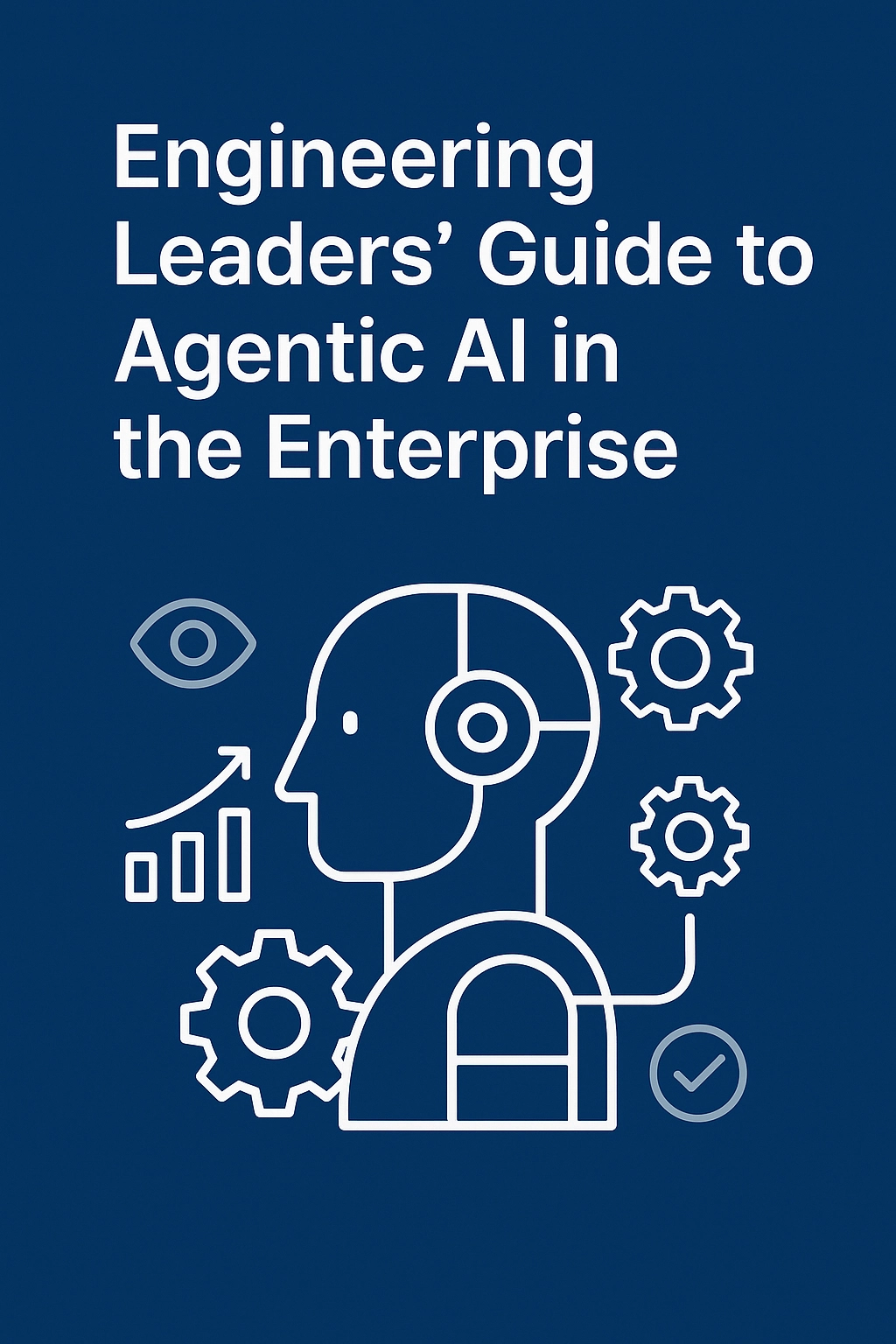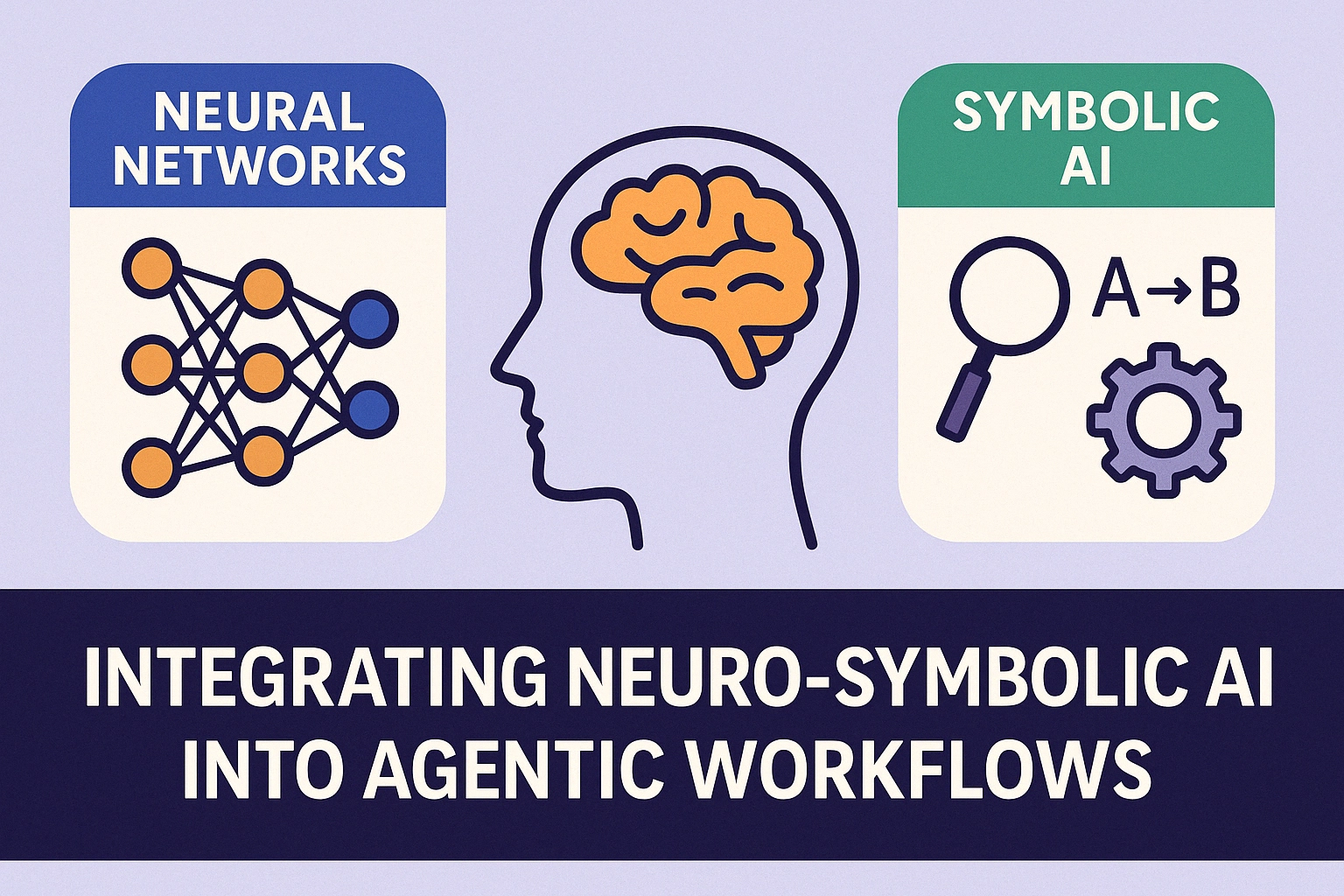Extending the concepts listed here https://docs.raga.ai/ragaai-aaef-agentic-application-evaluation-framework
Introduction
Creating a conversational AI that interacts smoothly and effectively with users can be challenging. To help you build and assess such systems, we've developed a straightforward framework focusing on key areas that matter most in conversational AI. This framework is easy to understand and implement, guiding you through the essential aspects to evaluate and improve your AI assistant.
The Four Key Metrics
Our framework centers around four crucial metrics:
Dialogue Management Effectiveness (DME)
Contextual Memory Coherence (CMC)
Conversational Planning Ability (CPA)
Component Synergy (CS)
Let's explore each metric in simple terms.
1. Dialogue Management Effectiveness (DME)
What It Is:
This metric assesses how well your AI handles conversations. It looks at the AI's ability to understand what users are saying, respond appropriately, and keep the conversation flowing naturally.
How to Evaluate:
Understanding User Intent:
Check if the AI correctly grasps what the user means or wants.
Example: If a user says, "I'm having trouble logging in," the AI should recognize this as a login issue.
Providing Appropriate Responses:
Ensure the AI's replies are relevant and helpful.
Example: Offering step-by-step assistance instead of generic answers.
Maintaining Smooth Conversations:
The AI should avoid awkward pauses or interruptions.
Example: Responding promptly and allowing the user to finish speaking before replying.
2. Contextual Memory Coherence (CMC)
What It Is:
This metric measures the AI's ability to remember and use information from earlier in the conversation to provide coherent and contextually appropriate responses.
How to Evaluate:
Maintaining Context Over Time:
The AI should recall previous topics and details shared by the user.
Example: Remembering that the user mentioned using a specific device earlier in the chat.
Understanding References:
The AI should correctly interpret pronouns or references to earlier conversation points.
Example: Knowing that "it" refers to the "printer" mentioned earlier.
Quick and Accurate Recall:
The AI should retrieve past information promptly when needed.
Example: Recalling the user's account details when assisting with a billing question.
3. Conversational Planning Ability (CPA)
What It Is:
This metric evaluates how effectively the AI plans and guides conversations to help users achieve their goals.
How to Evaluate:
Aligning with User Goals:
The AI should focus on what the user is trying to accomplish.
Example: Helping the user reset a password without unnecessary steps.
Adapting to Changes:
The AI should adjust if the user shifts topics or provides new information.
Example: Switching from troubleshooting to providing product recommendations smoothly.
Preventing Misunderstandings:
The AI should clarify when it's unsure and avoid confusion.
Example: Asking follow-up questions if the user's request is unclear.
4. Component Synergy (CS)
What It Is:
This metric looks at how well different parts of your AI system work together, such as understanding language, managing dialogue, and accessing knowledge bases.
How to Evaluate:
Effective Collaboration Between Components:
Components should share information seamlessly.
Example: The language understanding module correctly passes user intent to the dialogue manager.
Providing a Smooth User Experience:
The AI should function as a cohesive whole without glitches.
Example: The user shouldn't notice any disconnect between different functions of the AI.
Avoiding Conflicts and Errors:
Components should not provide conflicting information.
Example: The AI shouldn't suggest two different solutions to the same problem.
Simple Steps to Evaluate Your Conversational AI
1. Automated Testing:
Use Testing Tools:
Employ software that can simulate conversations and check for correct responses.
Example: Automated scripts that test common user queries.
Analyze Logs:
Review conversation logs to identify patterns and issues.
Example: Looking for instances where the AI misunderstood user intent.
2. Human Evaluation:
User Feedback:
Collect feedback from real users to understand their experience.
Example: Surveys or ratings after a conversation ends.
Expert Review:
Have team members or experts review conversations for quality.
Example: Evaluating whether responses were appropriate and helpful.
3. Continuous Improvement:
Identify Weak Areas:
Focus on metrics where the AI scores lower.
Example: If context retention is weak, work on improving memory functions.
Implement Changes:
Update your AI based on evaluation findings.
Example: Retrain models or adjust dialogue flows.
Re-evaluate Regularly:
Keep testing and refining your AI to maintain high performance.
Example: Schedule monthly reviews to track progress.
Example Case Study: Customer Support Chatbot
Scenario:
You have a chatbot designed to assist customers with online shopping issues.
Evaluation Findings:
Dialogue Management Effectiveness (DME): 85%
Strengths:
Accurately understands common queries like "Where is my order?"
Provides clear and helpful responses.
Areas to Improve:
Occasionally misinterprets less common requests.
Contextual Memory Coherence (CMC): 70%
Strengths:
Remembers user details within a single session.
Areas to Improve:
Struggles to maintain context in longer conversations.
Conversational Planning Ability (CPA): 80%
Strengths:
Guides users effectively through order tracking and returns.
Areas to Improve:
Needs better adaptability when users ask unrelated questions.
Component Synergy (CS): 75%
Strengths:
Good integration between language understanding and response generation.
Areas to Improve:
Occasional delays when accessing the knowledge base.
Action Plan:
Enhance Language Understanding:
Incorporate more diverse training data to handle uncommon queries.
Improve Context Handling:
Implement advanced memory functions to retain long-term context.
Optimize Component Integration:
Streamline access to the knowledge base to reduce delays.
Conclusion
By focusing on these four key metrics and following a simple evaluation process, you can effectively assess and enhance your conversational AI systems. This approach helps ensure that your AI provides meaningful, coherent, and user-focused interactions, leading to higher satisfaction and better outcomes.
Next Steps to Implement the Framework:
Set Clear Goals:
Define what success looks like for your AI assistant in each metric.
Customize the Metrics:
Adjust the evaluation criteria based on your specific use case and priorities.
Gather Resources:
Prepare tools and datasets needed for testing and evaluation.
Start Evaluating:
Begin with automated tests, then incorporate human reviews.
Iterate and Improve:
Use the findings to make targeted improvements to your AI.
Engage with the Community:
Share your experiences and learn from others to continue refining your approach.
By simplifying the evaluation framework, we aim to make it accessible and practical, empowering you to build conversational AI systems that truly meet user needs and expectations.
Here are thoughts on high level architecture implementation https://proagenticworkflows.ai/high-level-architecture-for-conversational-ai-evaluation-framework
DeepEval and the framework proposed above (Conversational AI Evaluation Framework) are both designed to evaluate AI systems, but they differ in several key areas, particularly in their scope, methodology, and focus on conversational agents versus general AI evaluation. Here's a breakdown of the differences:
1. Purpose and Scope
DeepEval:
Focuses on providing a general, end-to-end evaluation framework for Large Language Models (LLMs) and AI systems.
It targets a broad range of NLP tasks and aims to evaluate an AI's overall language understanding, generation, reasoning, and performance across various tasks like summarization, translation, and classification.
Framework Proposed Above:
Specifically designed to evaluate conversational AI systems with a focus on agentic workflows.
Emphasizes metrics like dialogue management, context memory, strategic planning, and component integration, which are crucial for handling multi-turn conversations, memory coherence, and real-time interaction with users.
2. Evaluation Metrics
DeepEval:
Primarily focuses on benchmark-based evaluations of LLMs using pre-existing datasets and standardized tasks.
Measures linguistic capabilities (e.g., fluency, coherence, factual accuracy) and task performance using various benchmarks like GLUE, SuperGLUE, or specific NLP tasks.
Conversational AI Framework:
Tailored to real-time, interactive conversational scenarios.
Metrics are more focused on the interactional performance of the AI, including:
Dialogue Management Effectiveness (DME): How well the AI responds and keeps conversations fluid.
Contextual Memory Coherence (CMC): How well it remembers and recalls information across dialogues.
Strategic Conversational Planning (CPA): How effectively the AI plans and adapts conversations to user needs.
Component Synergy (CS): How well various components (e.g., NLP, memory, API calls) interact within the system.
3. Evaluation Methodology
DeepEval:
Tends to focus on benchmarking with static datasets and uses accuracy metrics to evaluate pre-defined tasks.
Often assesses models in isolation, without considering the integration or performance of multiple interacting components.
Conversational AI Framework:
Utilizes a hybrid approach of automated metrics and LLM-assisted evaluation, focusing on real-time conversations.
Involves multi-faceted evaluation: automated testing (e.g., logging dialogue interactions) combined with LLM-based qualitative assessments to gauge nuances in dialogue, memory usage, and conversation management.
4. Interaction Focus
DeepEval:
Focuses on individual tasks, such as text classification or summarization, and evaluates a model's text generation or understanding capabilities in a more static or batch-oriented manner.
There’s often less emphasis on multi-turn dialogue or real-time conversational interaction.
Conversational AI Framework:
Strongly focused on multi-turn dialogues and real-time interaction.
Evaluates how an AI can adapt dynamically during conversations, handle context shifts, and respond based on past interactions (memory management).
5. Component-Level Evaluation
DeepEval:
Usually does not break down performance into the interaction of individual components within an AI system, as it’s more focused on the overall task performance of an LLM.
Conversational AI Framework:
Specifically evaluates synergy between components (e.g., how well the natural language understanding component works with the memory and response generation components).
Assesses how different internal modules (like APIs, memory, and planning algorithms) interact and contribute to the overall conversational experience.
6. Use of Feedback and Continuous Improvement
DeepEval:
Usually evaluates AI based on fixed criteria for a one-time assessment or comparison with other models.
Feedback loops are less prominent, as the focus is typically on static benchmarking.
Conversational AI Framework:
Includes a built-in feedback loop for continuous improvement. It uses real-time evaluation results to iteratively enhance AI systems, adjusting components based on performance across the defined metrics.
This continuous improvement aspect is critical for enhancing AI systems that are actively interacting with users.
7. Customization and Real-World Application
DeepEval:
Often more general and intended for research-based or academic use cases to evaluate the raw performance of an LLM in various NLP tasks.
Conversational AI Framework:
Is highly customizable for specific real-world applications, especially in industries where conversational agents are used (e.g., customer support, personal assistants).
Focuses on optimizing conversational agents for their specific domain (such as MakeMyTrip's chatbot Myra), ensuring the AI aligns with user needs and provides meaningful, goal-oriented interactions.
Key Takeaways
DeepEval is broad and focuses on evaluating LLMs across various static NLP tasks, typically for benchmarking.
The Conversational AI Evaluation Framework is tailored for interactive, multi-turn conversation-based agents, focusing on real-time dialogue management, memory, planning, and system integration.
In summary, DeepEval is ideal for evaluating generalized AI capabilities, while the conversational AI framework is more practical for assessing and improving systems where real-time interaction, memory, and task-based dialogues are crucial.





Comments